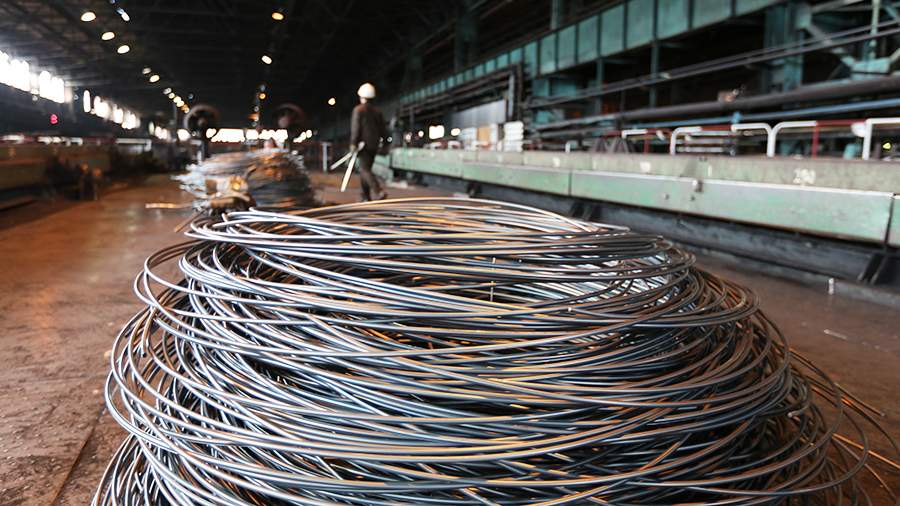
The US and the EU create a “steel club”
By Rhod Mackenzie
The United States and the European Union have agreed to establish a collective tariff zone that will levy tariffs and duties on steel and aluminium imports from "non-market" economies.(by which they mean primarily China. )
On October 3, Politico reported that the parties entered into a preliminary agreement to impose tariffs on steel and aluminium imports from countries outside the steel union, at a rate of 25% and 10%, respectively. It is worth noting that the former US President Donald Trump had planned to implement identical tariffs five years ago. However, they were not solely aimed towards Chinese metallurgists, but also targeted steel and aluminum manufacturers from the EU.
The concept of forming a "steel" club surfaced in Washington and Brussels amidst efforts to reach agreements on steel and aluminium disputes. Ursula von der Leyen, the head of the European Commission and a key proponent of the 13-page proposal, has made no secret of the fact that this new club is aimed at countering China, the unchallenged leader in the worldwide steel industry. It's safe to say that Chinese metallurgists generate nearly the same amount of steel as their peers from all other nations combined!
Information about the Global Steel and Aluminium Deal comes just a week before President Biden welcomes Ursula von der Leyen and European Council President Charles Michel in Washington on 20th October. Brussels has leaked information that during a meeting at the White House, there will be an agreement on tariffs for steel and aluminium, along with the formation of a "steel" club. This club, in line with protectionist traditions, goes against the principles of a free market. It is highly probable that the signing of this agreement will safeguard Brussels' metallurgists from competition from other nations, specifically the Middle Kingdom, by imposing tariffs. The main objective is to persuade Chinese and other officials to discontinue state subsidies to metallurgists to enhance their competitiveness in global markets.
Although a compromise appears to have been reached, rejoicing at the foresight of European politicians who have avoided a new confrontation with their Big Brother, the situation is not straightforward. European metallurgists believe the compromise was found at their expense and contend that Ursula von der Leyen is favouring American metallurgists instead of advocating for them. As a result, numerous European capitals are dissatisfied with the draft agreement, particularly countries with a well-developed metallurgy secor.
It is worth noting that the WTO is not likely to be satisfied with the US-European steel and aluminium agreement. The steel club is accessible to all, provided that they satisfy six prescribed criteria. For instance, one condition stipulates that the candidate's authorities cannot impose constraints on steel, aluminium, and metallurgy-related product exports.
It is common knowledge that the Steel and Aluminum Agreement aims to target China, following their implementation of export restrictions on gallium and germanium, two vital metals for chip production, in early August. It is also worth noting that Indonesia has also prohibited nickel exports, which are an essential component for stainless steel.
